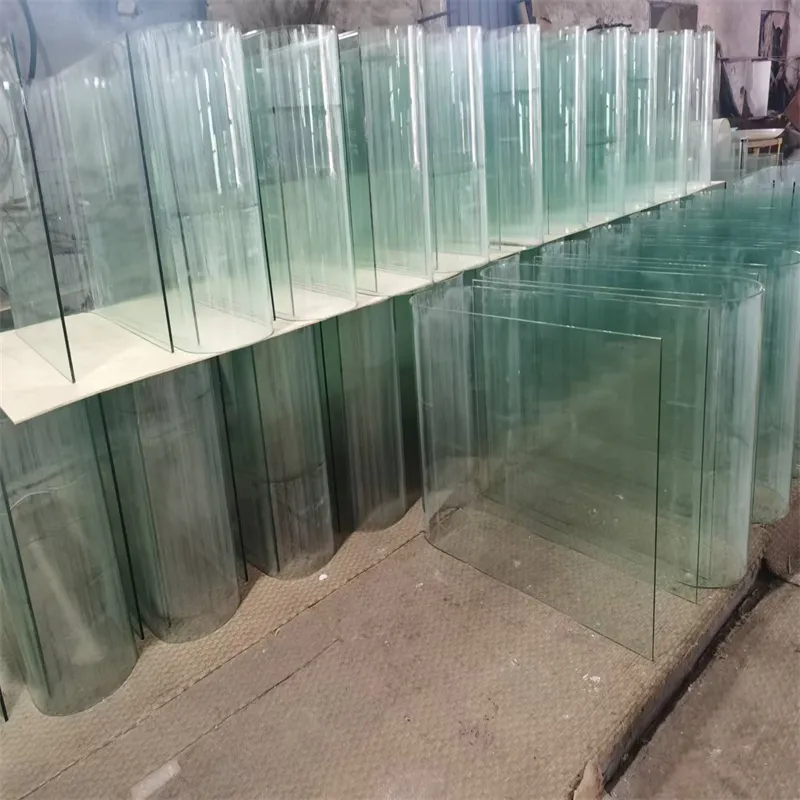Dec . 01, 2024 07:52 Back to list
Understanding the Distinctions Between Regular Glass and Tempered Glass
Understanding the Difference Between Regular Glass and Tempered Glass
When it comes to construction and design, glass plays a crucial role in both aesthetics and functionality. However, not all glass is created equal. Two common types of glass are regular glass, often referred to as annealed glass, and tempered glass. While both have their applications, they exhibit significant differences in terms of strength, safety, and overall performance. This article will explore these differences in detail.
Composition and Manufacturing Process
Regular glass is made from silica sand, soda ash, and limestone, which are melted together at high temperatures. Once formed, it undergoes a slow cooling process called annealing. This process helps to relieve internal stresses, but the resulting glass is still relatively fragile and susceptible to breakage.
In contrast, tempered glass undergoes a more complex manufacturing process designed to enhance its strength. After the glass is cut to size, it is heated in a furnace to temperatures exceeding 600 degrees Fahrenheit (316 degrees Celsius). This heating process is followed by rapid cooling, a technique known as quenching. The quick temperature change causes the outer surface of the glass to solidify faster than the inner part, creating a balance of internal stresses. This process allows tempered glass to be much stronger than regular glass, capable of withstanding more force and pressure.
Strength and Safety
One of the most significant differences between regular glass and tempered glass lies in their strength. Tempered glass is approximately four to five times stronger than its regular counterpart. This strength allows it to endure greater impact and thermal stress, making it ideal for environments where safety is a priority, such as in shower doors, glass railings, and facades of buildings.
When it comes to safety, tempered glass has an edge. In the event of breakage, tempered glass shatters into small, blunt pieces rather than sharp shards, reducing the risk of injury. Regular glass, on the other hand, can break into jagged pieces that pose significant dangers to anyone nearby. This property makes tempered glass a preferred choice in high-traffic areas, commercial buildings, and homes where the risk of breakage is higher.
what is the difference between regular glass and tempered glass

Applications
Both types of glass find their applications in various settings. Regular glass is often used for windows, picture frames, and certain interior partitions. It's suitable for applications where safety and strength are not as critical, and its lower cost is an attractive factor for many projects.
Conversely, tempered glass is widely used in areas where safety is paramount. Its applications include glass doors, shower enclosures, glass table tops, and even in vehicles. In addition to its safety features, its strength allows for larger panels of glass to be used without requiring heavy framing.
Cost Considerations
One of the practical considerations when choosing between regular and tempered glass is cost. Regular glass is generally less expensive than tempered glass due to the simpler manufacturing process. However, the long-term benefits of tempered glass, including safety and durability, may justify the higher initial investment for many projects.
Conclusion
In summary, while regular glass may suffice for certain applications, tempered glass offers significant advantages in terms of strength, safety, and versatility. Understanding these differences is essential for architects, builders, and homeowners alike. By selecting the appropriate type of glass for each application, one can enhance both the functionality and safety of their environment. Whether you're renovating your home or designing a commercial space, considering the right glass type is a critical component of the overall design and safety strategy.
-
Safety and Style with Premium Laminated Glass Solutions
NewsJun.24,2025
-
Reinvents Security with Premium Wired Glass
NewsJun.24,2025
-
Premium Float Glass Line for Modern Architecture
NewsJun.24,2025
-
Low Emissivity Glass for Energy-Efficient Architecture
NewsJun.24,2025
-
High-Performance Insulated Glass Solutions for Modern Architecture
NewsJun.24,2025
-
Elevates Interior Style with Premium Silver Mirror
NewsJun.24,2025
Related PRODUCTS














